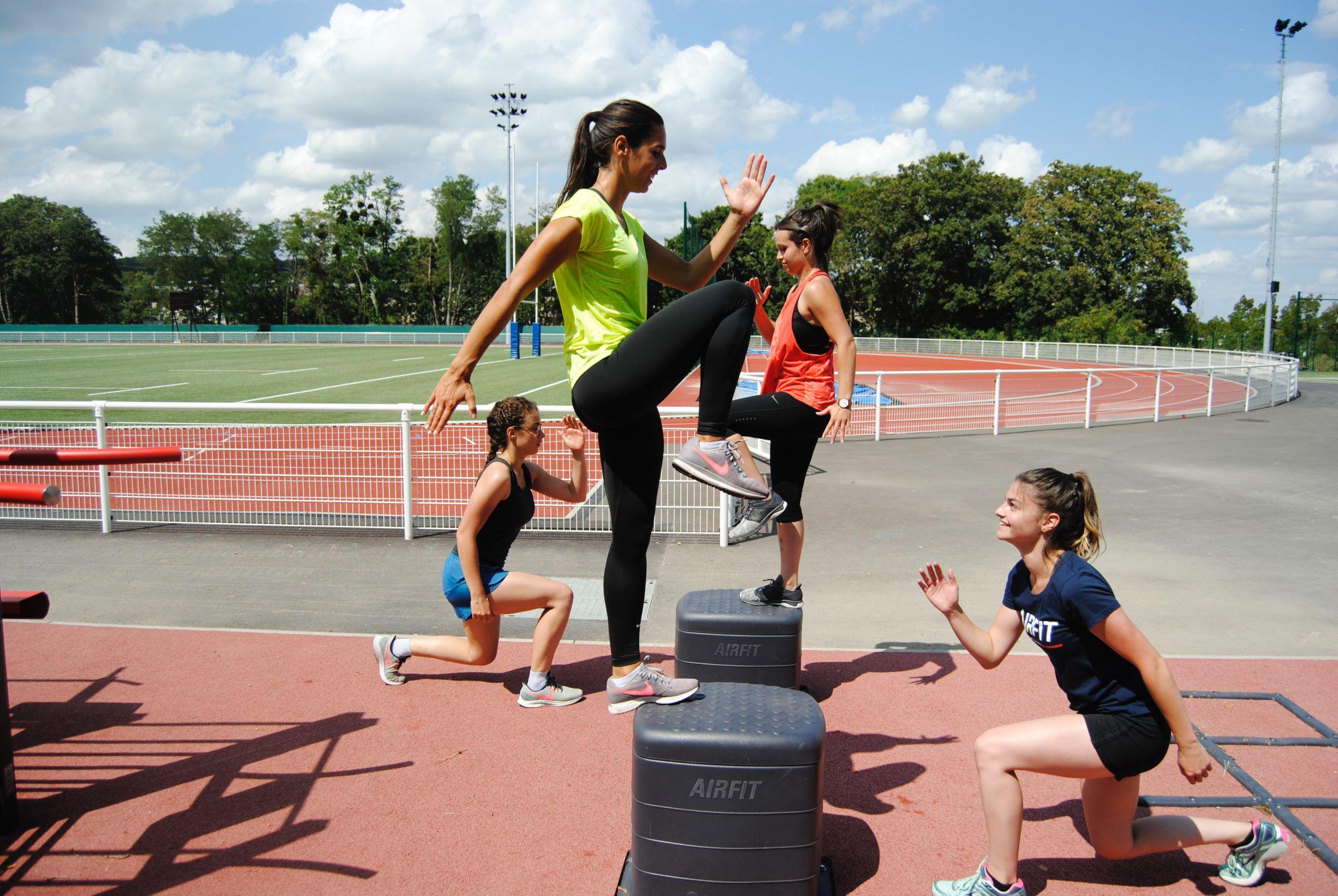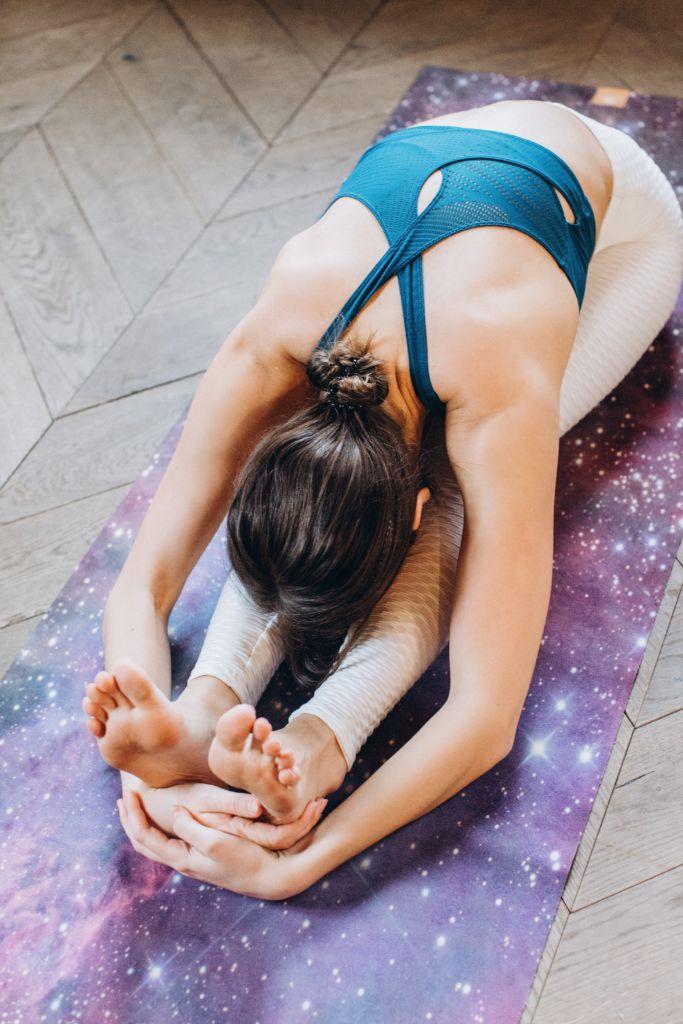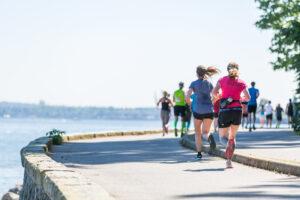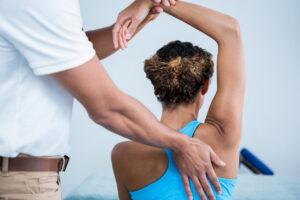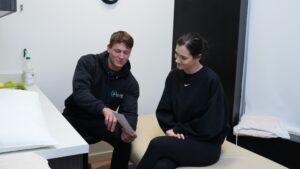Whether you’re an athlete or just working out at home, proper stretching is an important step to incorporate into your routine. It helps your body prepare for exercise and affects your performance during your workout. It can also help your body recover after exercising.
With so many different stretching techniques out there, it can be difficult and confusing to decide on which you should do. To help keep things clear, most stretches will fall under one of two categories: dynamic and static. Both of these stretches have different purposes and should be used in different conditions.
Dynamic stretching
Dynamic stretching uses active, controlled movement. It should generally be done before your workout to help get your muscles warmed up and reduce any stiffness. The movements done during dynamic stretching should mimic the exercise you are preparing for. For example, a runner may want to jog in place before beginning their run and a swimmer may want to move their arms in circles before getting in the water.
It is important to not combine dynamic stretching with ballistic stretching motions, especially because people often confuse the two. Ballistic stretching uses extra force through bouncing movements to push your body past its normal range of motion. Although certain athletes may use this stretching method, It is generally not recommended for everyday people due to the risk of injuries.
Examples of dynamic stretches
Arm circles:
- Stand with your feet shoulder-width apart and extend your arms parallel to the floor.
- Circle your arms forward using small controlled motions
- Reverse the direction of the circles after about 30 seconds.
Leg kicks:
- Stand with your feet shoulder-width apart and hold onto a sturdy object for support
- Kick your leg out in front of you to a gradually increasing height, keeping it straight
- Repeat with your other leg
High knees
- Lift one knee up to hip height before rapidly switching to the other side like you are marching in place.
- Quickly alternate from side to side for at least one minute.
Static stretching
Static stretching uses stretches that are held in place for a period of time without moving. These stretches require extending a muscle as far as it can go without hurting, then holding that pose for around 30 seconds. Static stretches should generally be done after your workout to help your muscles recover more quickly, therefore preventing injuries.
There are two types of static stretches:
- Active: The muscles are stretched without assistance from an external force. It involves active contractions of opposing muscles to stretch a targeted muscle group.
- Passive: An external force is used to help stretch the muscles. This external force can be a partner, stretching accessories, or gravity.
Static stretches do not necessarily have to be accompanied by intense workouts. Stretching in general can help improve your flexibility and range of motion. However, don’t forget that warm muscles are easier to stretch. Even very light exercise, such as walking, can be done to help warm up your muscles first. This will make static stretching safer and easier.
Examples of static stretches
Neck stretch
- Place your right arm gently on the right side of your head, and place the other arm out to your side.
- Slowly pull your head towards your right shoulder until you can feel the stretch on the left side of your neck.
- Hold for about 30 seconds before releasing, and repeat for the opposite side.
Shoulder stretch
- Place your right arm, parallel with the ground across the front of your chest.
- Bend the left arm up and use the left forearm to ease the right arm closer to your chest.
- Hold for about 30 seconds and repeat with the alternative arm.
Wrist stretch
- Extend your arm forward to shoulder height with your fingers pointing toward the ceiling.
- Grab your fingers with your other hand and pull to bend the wrist until you can feel the stretch.
- Hold this position for about 30 seconds, and repeat for the opposite arm.


